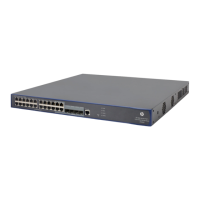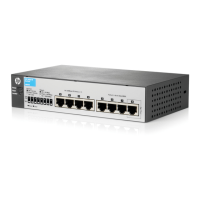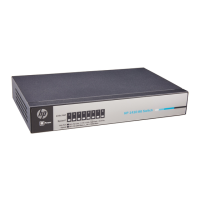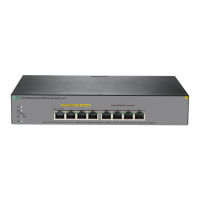253
2. Click the Create tab.
The page for configuring IPv6 static route appears.
Figure 235 Creating an IPv6 static route
3. Create an IPv6 static route as described in Table 86.
4. Click Apply.
Table 86 Configuration items
Item Descri
Destination IP Address
Enter the destination host or network IP address, in the X:X::X:X format. The
128-bit destination IPv6 address is a hexadecimal address with eight parts
separated by colons (:). Each part is represented by a 4-digit hexadecimal
integer.
Prefix Length
Enter or select the prefix length of the destination IPv6 address.
Preference
Set a preference value for the static route. The smaller the number, the higher the
preference.
For example, specifying the same preference for multiple static routes to the same
destination enables load sharing on the routes, while specifying different
priorities for them enables route backup.
Next Hop Enter the next hop address, in the same format as the destination IP address.
Interface
Select the outgoing interface.
You can select any available Layer 3 interface, for example, a virtual interface, of
the device. If you select NULL 0, the destination IPv6 address is unreachable.
IPv4 static route configuration example
Network requirements
The IP addresses of devices are shown in Figure 236. IPv4 static routes need to be configured on Switch
A, Switch B and Switch C for any two hosts to communicate with each other.
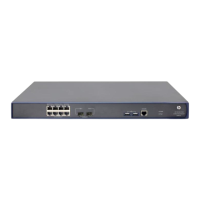
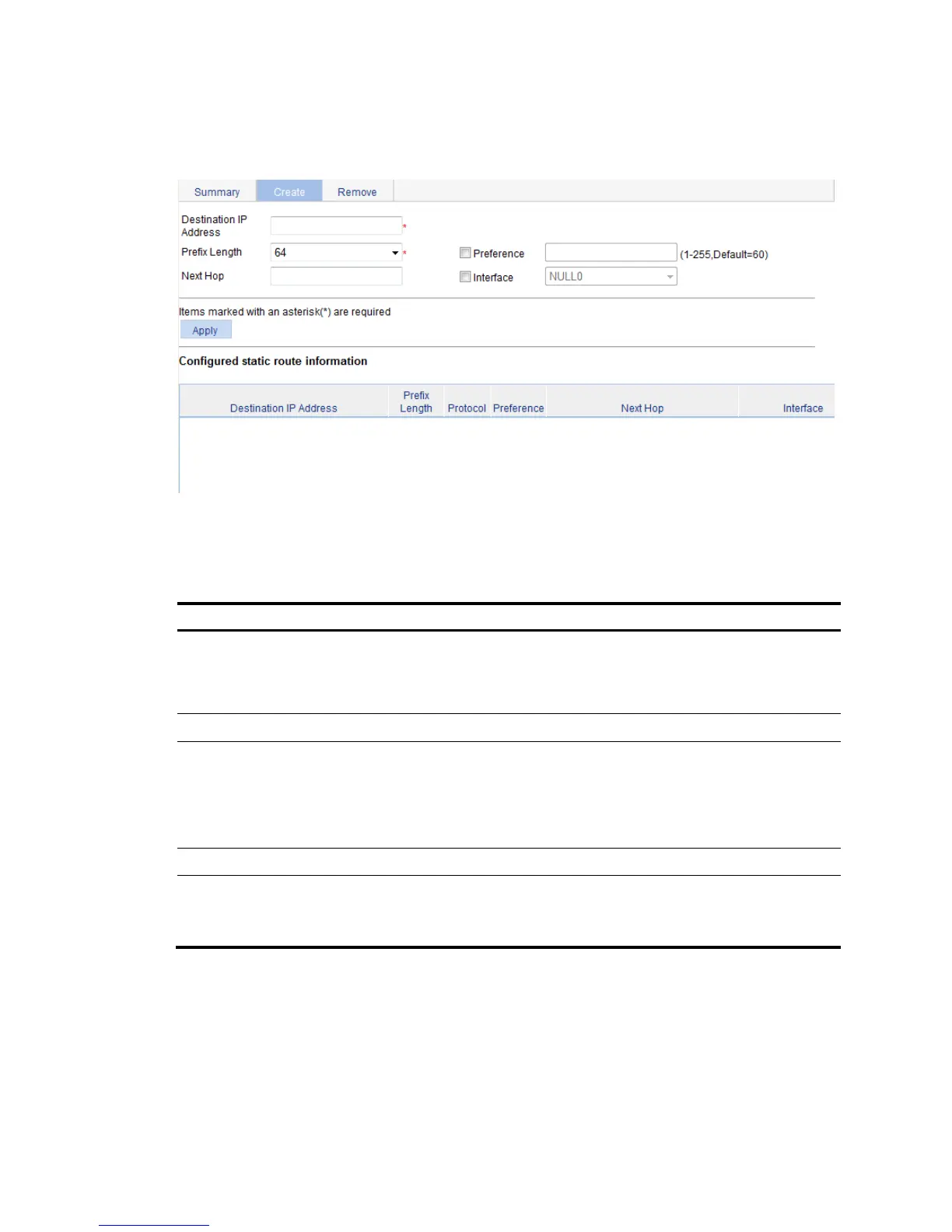